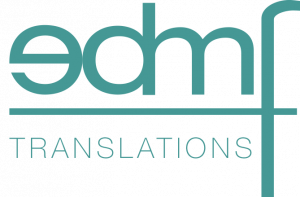Accent vs. Dialect, Sociolect, Idiolect, Slang
So what’s the actual difference between accents and dialects? And how do people develop such different pronunciations or words or grammar rules for one language? It might sound like a simple question, but it’s not.
Let’s start with the definitions. Both terms “dialect” and “accent” refer to a distinctive way of using a specific language and are often associated with a particular country, region, or social class.
A dialect is a language variant with noticeable grammar, vocabulary, or pronunciation differences. An essential characteristic of a dialect is that it should be intelligible to other speakers of the same language. That means that the speakers can understand others and express themselves in most situations.
An accent is a specific manner of pronunciation. So, an accent is a subordinate part of a dialect, while a dialect is a subordinate part of a language.
Everyone (yes, even you) has an accent and dialect, and it’s also possible to have more than one. Accents and dialects can represent the region you’re from, your ethnicity or race, age, religious group, and many other aspects of your upbringing. It’s also common for people to switch their accents or dialects, either unintentionally or deliberately, as they move through the world, depending on whom they’re talking to and where they are. It affects every person, in every language, whether it’s the one you grew up using or a new one you’re studying.
Have you ever heard of the term sociolect? And what is an idiolect?
Sociolect is a dialect dictated by your class/position in society. Examples include school jargon used between school children, criminal jargon, office jargon, etc. Idiolect is an individual’s use of language.
You might also think about how slang and dialect are different?
The term slang refers to words and phrases, whereas dialect is a way of speaking. Slang is not always region-specific like dialect. It presents itself in communities.
Language and social interaction go hand in hand. Social interaction is a crucial part of understanding the different terms mentioned above.


